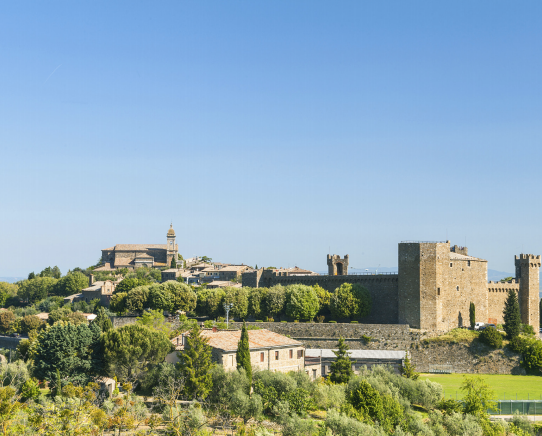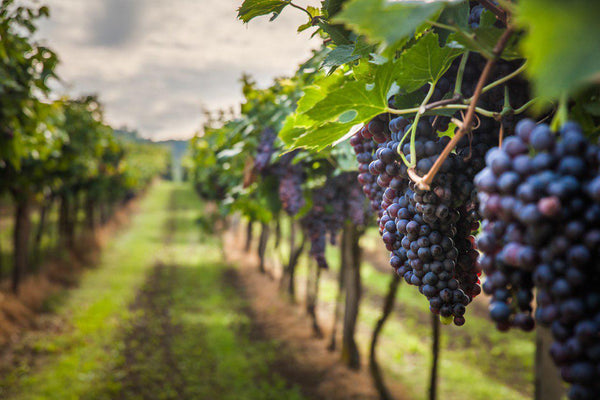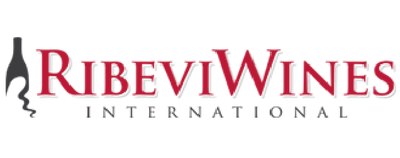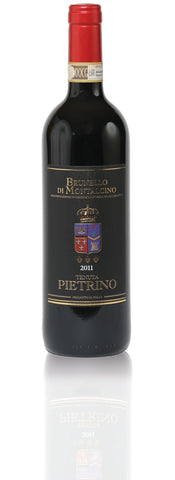
Everything You Need To Know About Brunello Di Montalcino
Wine Spectator has given it an impressive number of awards, and it is probably worth to mention a few of them. In 2006 it's been rated as the best wine in the world, and first place in the Top 100 went to some 2001 bottle (the label: Tenuta Nuova, Casanova di Neri). In 2011 it was another label's turn, a 2006 classic, which rated #4 in the world and #1 one of the Italian wines. And according to Wine Spectator, the only Italian wine included in the record of the 12 most memorable wines of the 20th century is a 1955 Riserva Biondi Santi.
We are speaking of Brunello di Montalcino after all, a five-star red made solely with Sangiovese grapes (the variety is known locally as"Brunello") in the municipal area of Montalcino, from the scenic countryside 25 miles south of Siena. The exceptional system used to grow the grapes--without entering into the technical details--involves brief pruning to guarantee a low yield per hectare. And, as we all know, quality and volume are inversely proportional in these processes. That is why the name "Brunello" can be utilized exclusively for wine made and bottled within this municipality, in which the regional characteristics, distinctive microclimate and rigorous adherence to the rules ensure the physiochemical structure of one of Italy's most renowned wines.

The main feature of the wine would be long aging before it could be marketed, and this is what accounts for the outstanding body and intense colour, between clear ruby and garnet. The same is true for its very complex aromas: notes of undergrowth, the scent of wild berries, earthy overtones (obviously!) But also vanilla. And, naturally, spicy and woody notes due to the barrels used to age the wine. It's a pleasure for the palate and, thanks to the alcohol content (between 12.5° and 13.5°) and excellent acidity, it's the perfect foil for a wide variety of dishes. The classic pairing is with red meat, ground game, mushrooms and truffles, but it is also appreciated throughout the world with international dishes, mainly meat using hefty sauces. To appreciate it at its finest, it's crucial to remember both conservation (in a cool, dark place, with the bottles lying down) and how it needs to be served. First of all, temperature is paramount, as Brunello has to be served between 64° and 68°F.

When possible, the bottle should be uncorked beforehand to let it breathe. Older wines (the Riserva cannot be released until at least six years following the harvest, however, Brunello can age for at least 30 years) should be served in a crystal carafe. That's the only way to guarantee optimum aeration and appreciate the full purity of the wine.
Regarding the statistics for this immensely successful wine, every year 9 million bottles are produced, roughly 70% of which are exported. Fundamentally, you can be 100% confident about your purchase when you buy this wine. To start with, it's the only Italian wine for which producers are members of the consortium overseeing production, and this ensures winemaking standards as well as effective controls further down the line. The neckband also means complete traceability and know-how concerning the entire production chain.
All that so that you can enjoy a carefree glass of wine.


